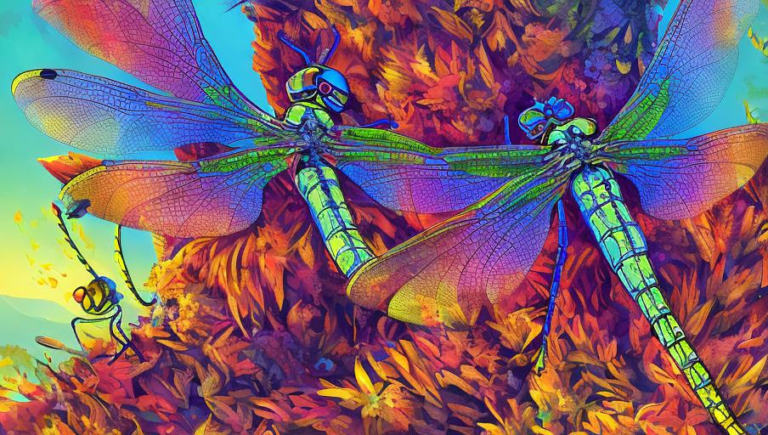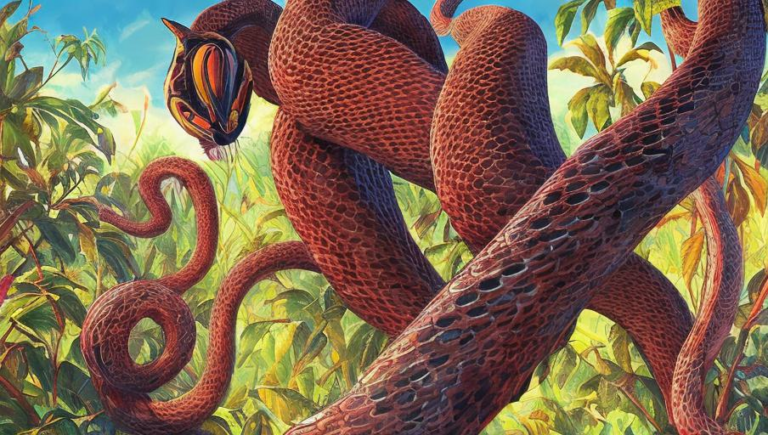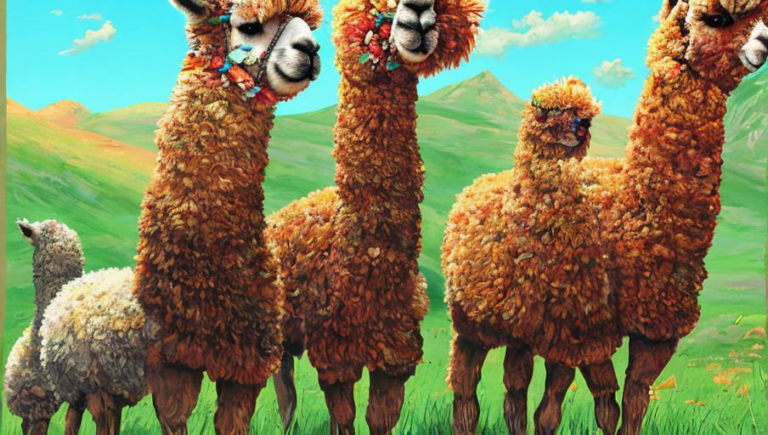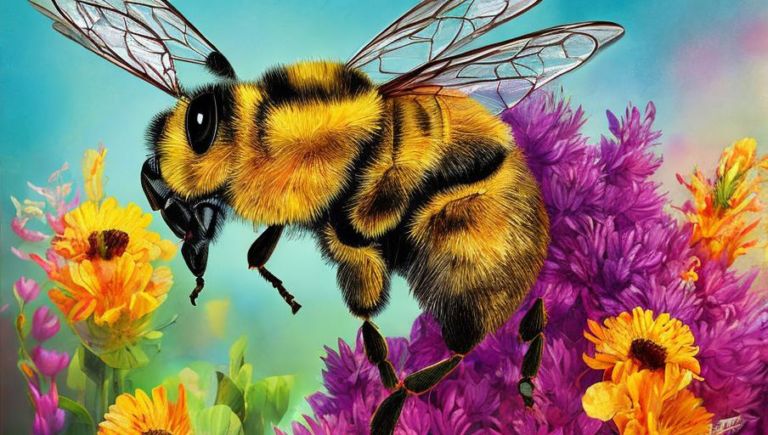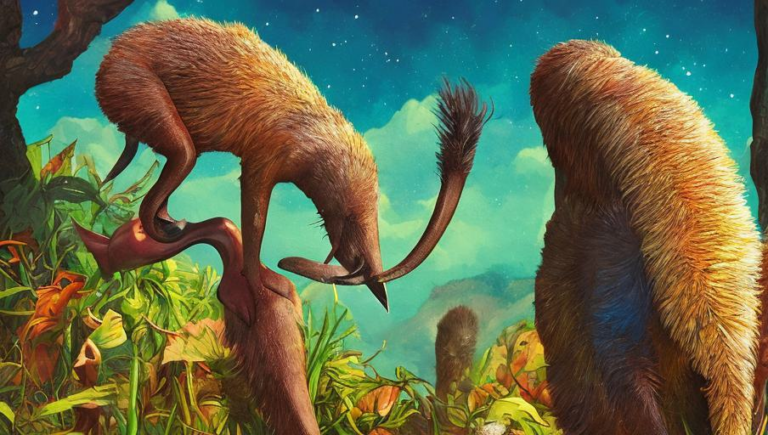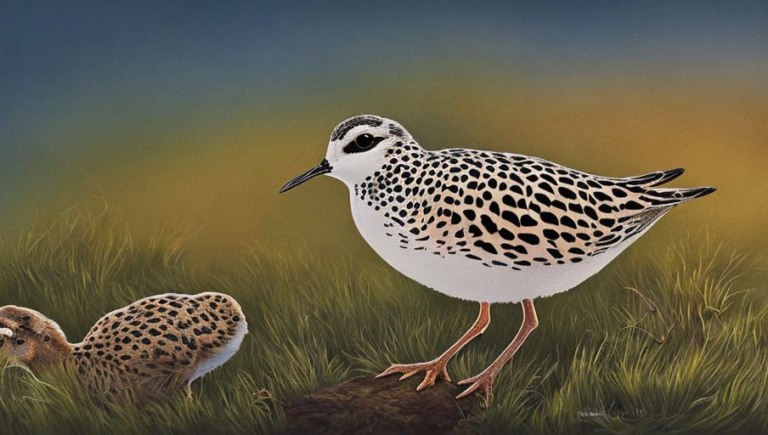Seeking Shelter: The Migration Habits of Curlew
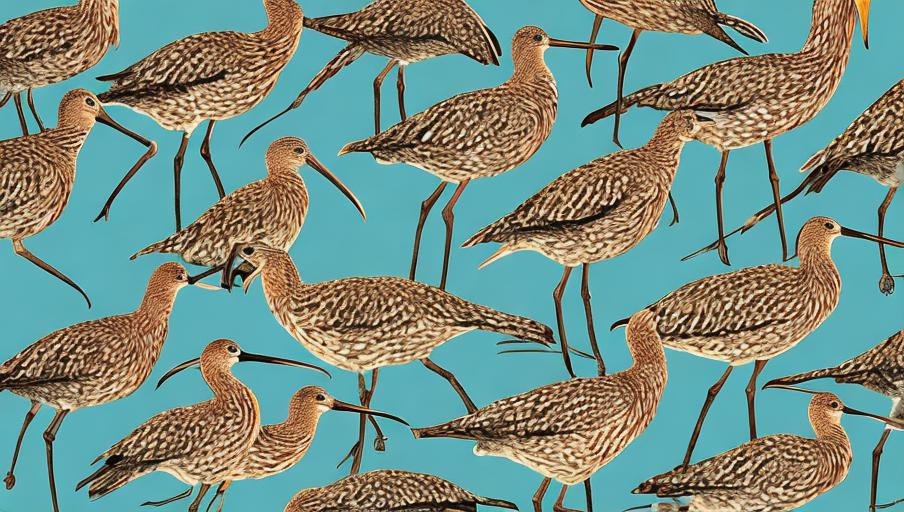
The Curlew: A Fascinating Bird
The curlew is a large, long-legged wading bird that is found in a range of habitats across the globe. It is a member of the sandpiper family, and is one of the most abundant bird species on Earth. The curlew is easily recognizable by its long, curved bill and its brown and black mottled feathers. It is a migratory species, traveling between different areas of the world depending on the season.
Migration Habits of the Curlew
The curlew is an incredible species of bird, and its migration habits are no exception. The curlew migrates annually between breeding and wintering grounds, often across continents. During the breeding season, the curlew can be found in Europe, Asia, and North America. During the winter, the curlew travels to warmer climates such as Africa, Australia, and the Indian Ocean. While on its journey, the curlew will often stop in areas to rest, feed, and seek shelter.
The Need for Shelter
The curlew is an incredibly resilient species of bird, and it requires specific habitats in order to survive. During its migration, the curlew will seek out areas with suitable shelter and food sources. The need for shelter is especially important, as it provides the bird with protection from predators and the elements. The curlew will often seek out wetlands, marshes, and other areas of shallow water in order to rest and feed.
Conservation Efforts
The curlew is a species that is in need of conservation efforts, as its population is declining. As the curlew migrates, it is often faced with numerous threats, such as habitat destruction, hunting, and climate change. In order to ensure that the species does not go extinct, conservationists are working hard to protect the habitats of the curlew, as well as to educate people about the importance of protecting this species.
Conclusion
The curlew is an incredible species of bird, and its migration habits are fascinating. As the curlew travels between different areas of the world, it is in need of shelter and food sources in order to survive. Conservationists are working hard to protect the habitats of the curlew, as well as to educate people about the importance of protecting this species. By doing so, we can ensure that this species continues to thrive for many years to come.
